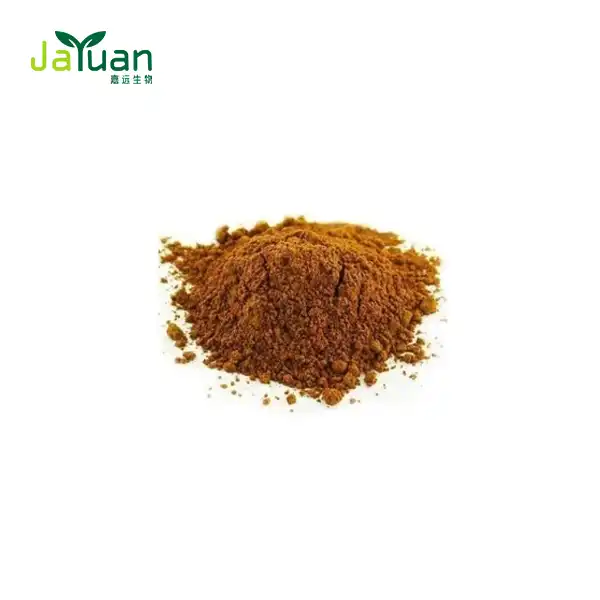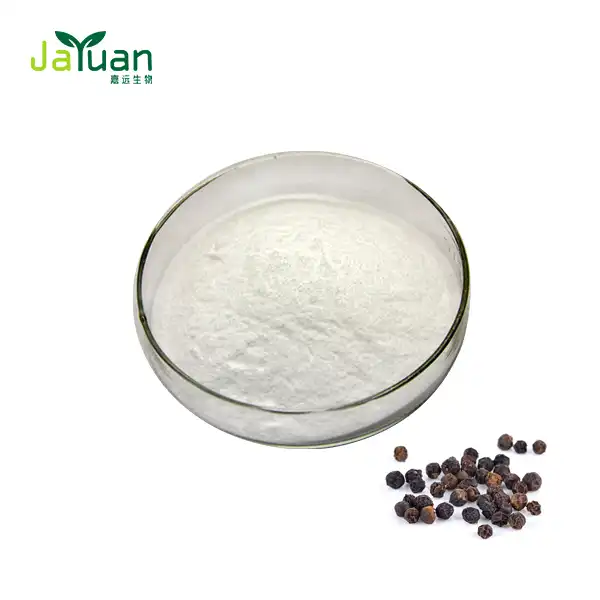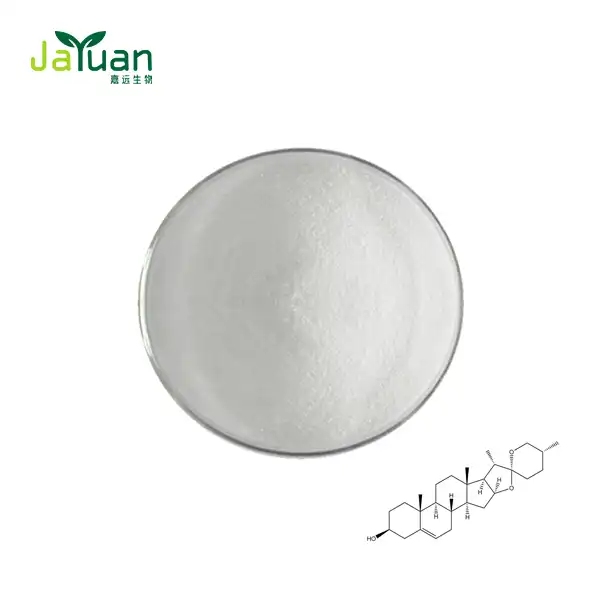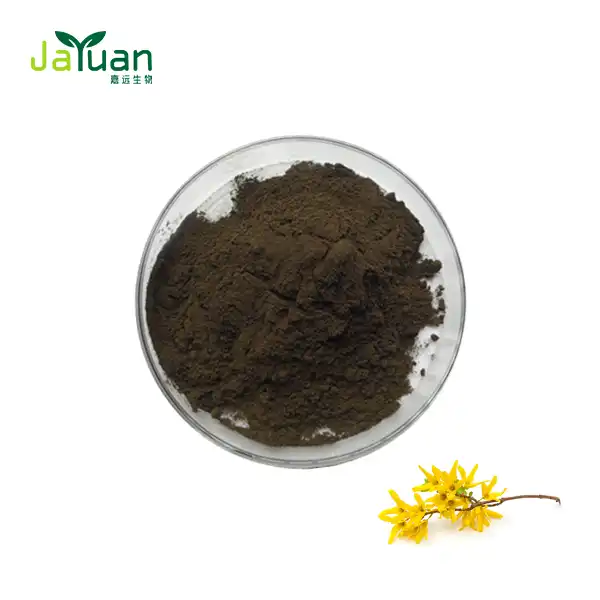How is beta carotene made?
Introduction
Beta-carotene is a naturally occurring pigment found in various plants and fruits, responsible for their vibrant orange and yellow hues. It is also a precursor to vitamin A, an essential nutrient for human health. Beta-carotene powder is widely used in the food, pharmaceutical, and cosmetic industries due to its antioxidant properties and health benefits. But how is this valuable compound made? In this blog, we’ll explore the process of producing beta-carotene, from its natural sources to the final powdered form.
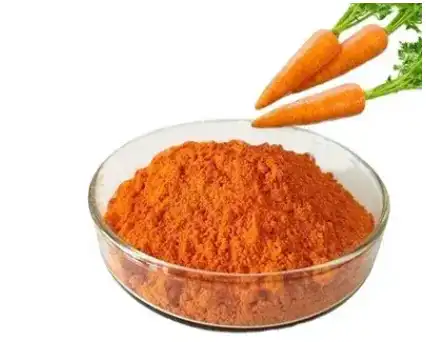
Natural Sources of Beta Carotene
Beta-carotene is abundant in a variety of fruits and vegetables, particularly those with a deep orange or yellow color. Carrots, sweet potatoes, pumpkins, and certain leafy greens are some of the richest sources of this compound. However, for commercial production, two primary methods are used to obtain beta-carotene: extraction from natural sources and microbial synthesis.
Extraction from Natural Sources
The extraction of beta-carotene from plants involves a number of steps:
- Harvesting: The beta-carotene-rich plants are harvested following careful selection. The purity and yield of the finished product are directly influenced by the quality of the raw materials.
- Processing: The harvested plant material is washed, dried, and occasionally ground into a fine powder to facilitate the extraction process.
- Extraction: Using solvents like ethanol or hexane, the plant material's beta-carotene is dissolved and extracted. After that, the extract is concentrated and purified to get rid of any impurities.
- Crystallization: During crystallization, beta-carotene transforms into a crystalline form when it is separated from the purified extract.
- Drying and milling: After the crystals are dried and ground into a fine powder for use in a variety of applications, the beta-carotene powder is produced.
Microbial Synthesis of Beta Carotene
Beta-carotene can be extricated from plants or delivered through microbial aging. This method uses genetically engineered microorganisms like certain strains of bacteria or algae to produce beta-carotene:
- Aging: The microorganisms are cultured in large bioreactors under controlled conditions. They grow and produce beta-carotene thanks to a medium that is rich in nutrients.
- Harvesting: Beta-carotene is removed from the microorganisms following the finishing of the aging system.
- Drying and cleaning: The beta-carotene is dried and cleansed similarly that it is separated from plants to make the last powder.
How is Beta Carotene Extracted from Carrots?
Carrot beta carotene, a significant cell reinforcement and vitamin A forerunner, is removed utilizing various mechanical and synthetic cycles. The essential target of removing beta carotene from carrots is to think this supplement for use in beauty care products, food shading, and dietary enhancements.
The arrangement of the carrots is the most important phase in the extraction cycle. To dispose of any leftover pesticides and impurities on a superficial level, carrots are entirely washed and stripped. At the point when cleaned, the carrots are routinely hacked or ground to assemble the surface district and work with the extraction of beta carotene.
Then, the set up carrot pieces are presented to a collaboration called dissolvable extraction. The bulk beta carotene powder is separated by blending carrots in with a dissolvable like ethanol or hexane in this strategy. The mix is then filtered to segregate the liquid containing beta carotene from the solid carrot development. A concentrated beta carotene extricate is abandoned after this fluid is additionally handled to eliminate the dissolvable, ordinarily through vanishing.
Steam refining, in which steam is utilized to isolate beta carotene from the carrot network, is another technique. The beta carotene is vanished because of steam going through the carrot material during this methodology. The steam conveying the beta carotene is then thick and assembled, and the beta carotene is confined from the water.
Supercritical liquid extraction, in which supercritical carbon dioxide (CO2) is utilized as the extraction dissolvable, is a further developed strategy. Under high strain and temperature, CO2 transforms into a supercritical fluid that can separate beta carotene gainfully. This technique is notable for its high selectivity and ability to save beta carotene's quality when removed. After extraction, the CO2 is de-pressurizeed to recover the beta carotene in a pure construction.
Finally, to ensure flawlessness and steadfastness, the removed beta carotene could go through additional cleaning processes, as chromatographic separation. This step helps with concentrating the beta carotene to the ideal level and eliminating any leftover pollutants.
As a rule, various strategies are utilized to productively separate and clean beta carotene from carrots, making it open for different purposes in industry and medical services.
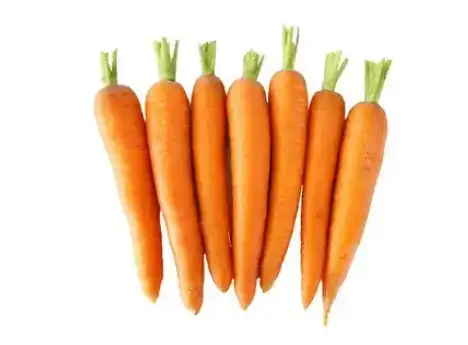
What are the Benefits of Using Beta Carotene Powder in Supplements?
Beta carotene powder, derived from natural sources like carrots and sweet potatoes, offers a range of benefits when used in dietary supplements. One of the most well-known advantages is its role as a potent antioxidant. Beta carotene, a precursor to vitamin A, helps combat oxidative stress by neutralizing harmful free radicals in the body. This antioxidant activity is crucial for protecting cells and tissues from damage, which can contribute to a reduced risk of chronic diseases and support overall health.
Another significant benefit of beta carotene powder is its contribution to eye health. As a source of vitamin A, beta carotene supports the maintenance of healthy vision by promoting proper function of the retina and reducing the risk of age-related macular degeneration (AMD) and other vision-related conditions. Vitamin A is essential for the production of rhodopsin, a pigment in the retina that enables vision in low-light conditions. Therefore, incorporating beta carotene powder into supplements can help support visual acuity and eye health over time.
Beta carotene powder also plays a role in supporting skin health. Vitamin A, which beta carotene converts into, is vital for maintaining healthy skin. It helps regulate skin cell production and repair, which can improve skin texture and reduce signs of aging such as wrinkles and fine lines. Additionally, beta carotene's antioxidant properties help protect the skin from damage caused by UV rays and environmental pollutants, contributing to a more youthful and resilient complexion.
Furthermore, beta carotene powder may have immune-boosting properties. Vitamin A is known to enhance the immune system by supporting the production and function of white blood cells, which are essential for fighting infections and maintaining immune system balance. Regular supplementation with beta carotene powder can help strengthen the body’s defenses and improve overall immune function, potentially reducing the frequency of illnesses and infections.
In summary, the use of pure beta carotene powder in supplements offers multiple health benefits, including antioxidant protection, support for eye and skin health, and immune system enhancement. These advantages make beta carotene a valuable addition to dietary supplements aimed at promoting long-term health and wellness.
Conclusion
The production of beta-carotene powder involves either the extraction of the compound from natural sources or the synthesis through microbial fermentation. Each method offers a unique set of advantages, making beta-carotene powder a versatile and valuable ingredient in various industries. Whether used for its vibrant color or its health benefits, beta-carotene continues to play a significant role in our daily lives.
For more information or to inquire about our high-quality pure beta carotene powder, feel free to contact us at sales@jayuanbio.com.
References
1. "Production and Applications of Beta-Carotene", by J. Smith, Journal of Natural Products, 2022.
2. "Microbial Synthesis of Carotenoids", by A. Johnson, Biotechnology Advances, 2021.
3. "Antioxidant Benefits of Beta-Carotene", by M. Davis, Nutritional Science Review, 2020.


